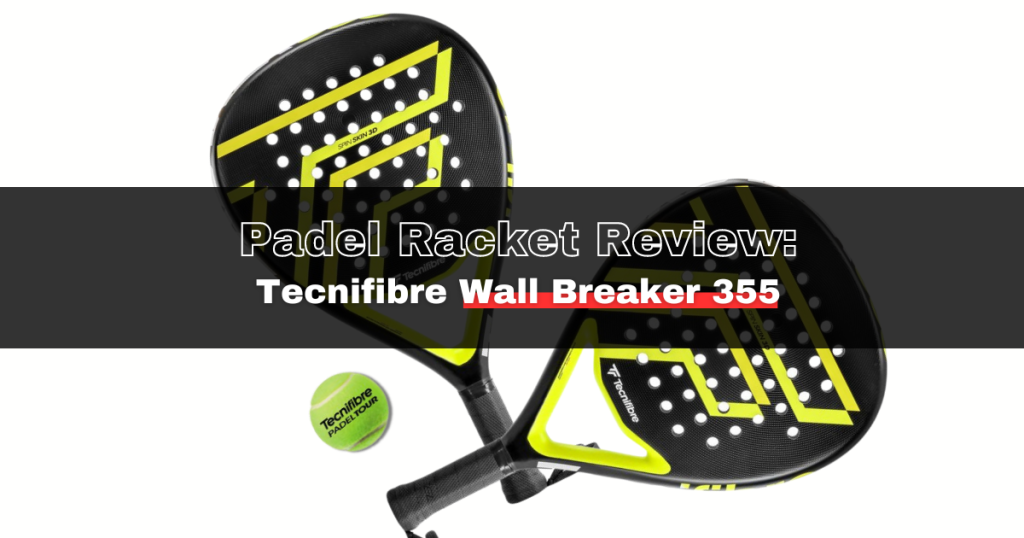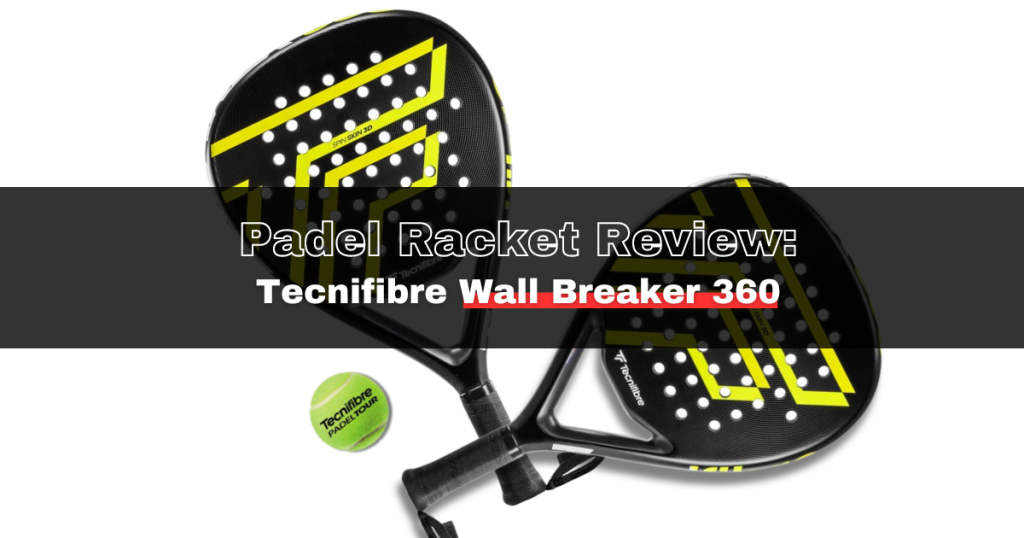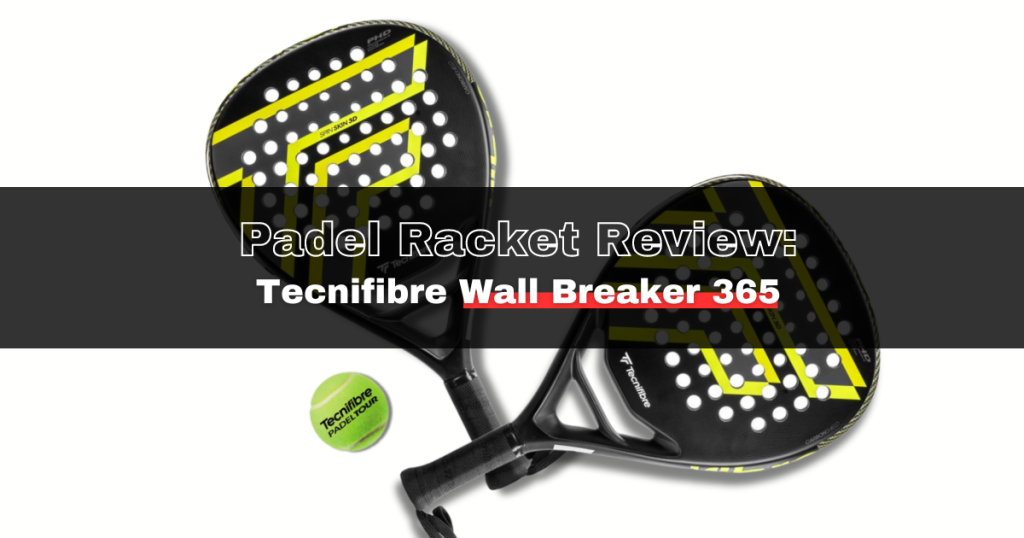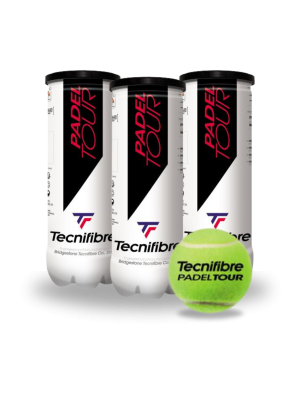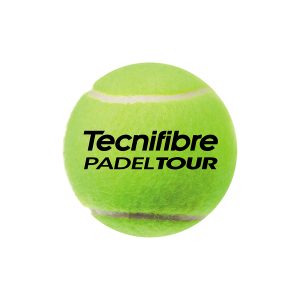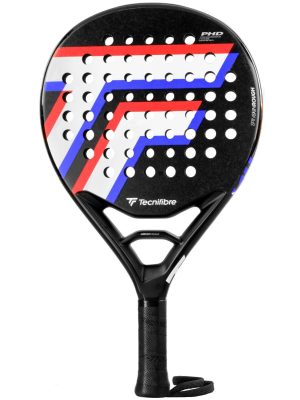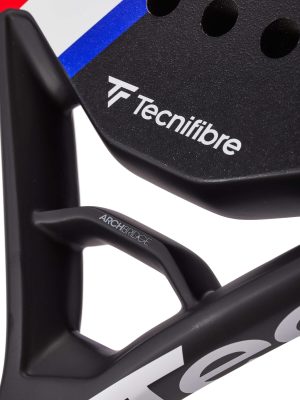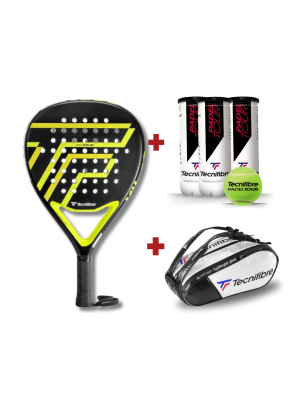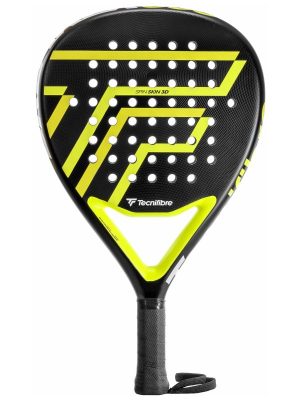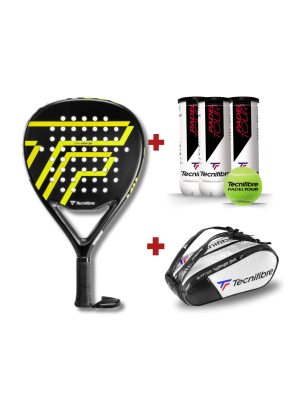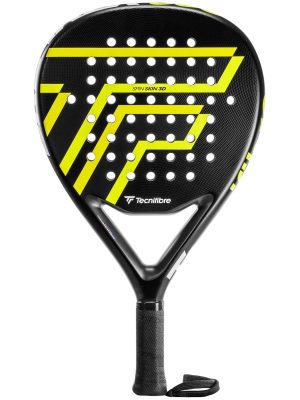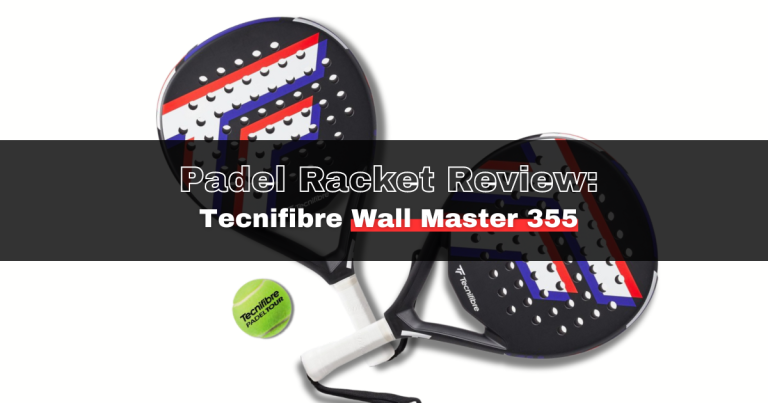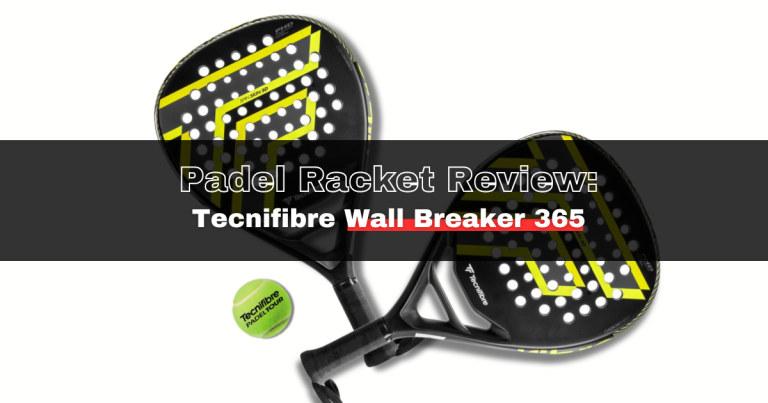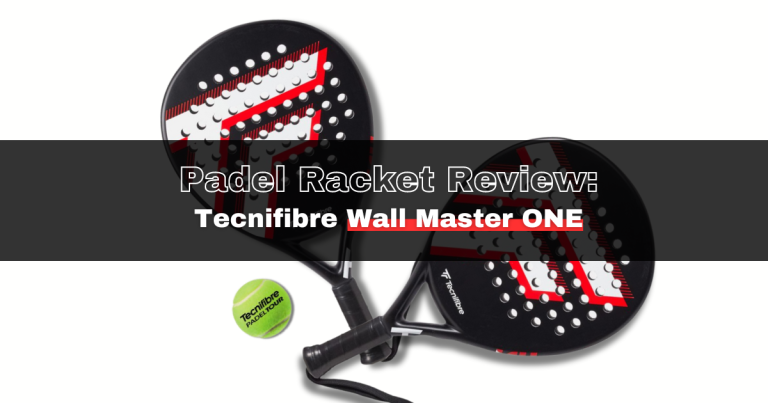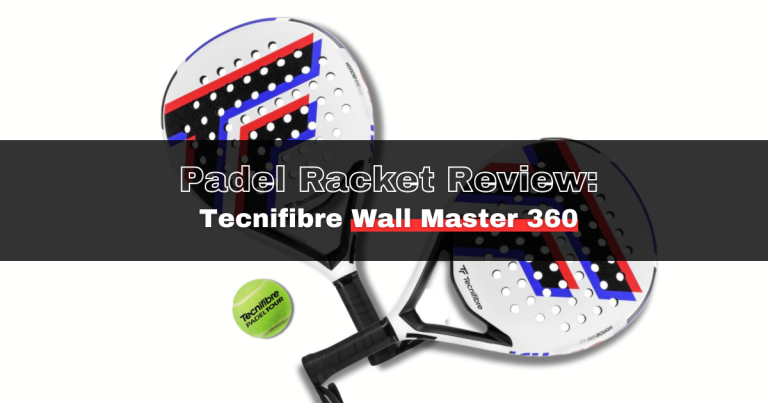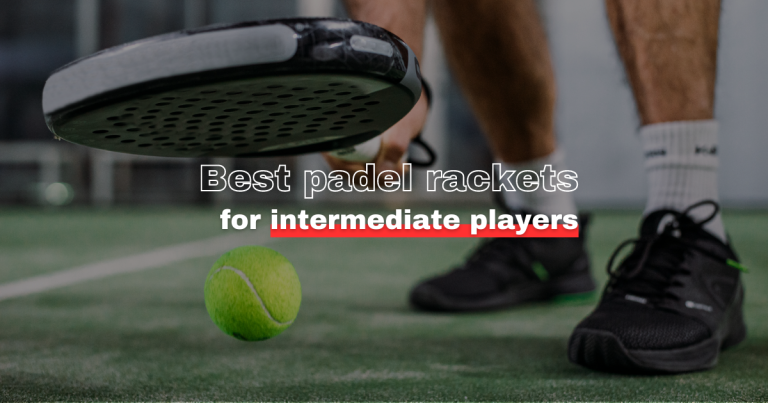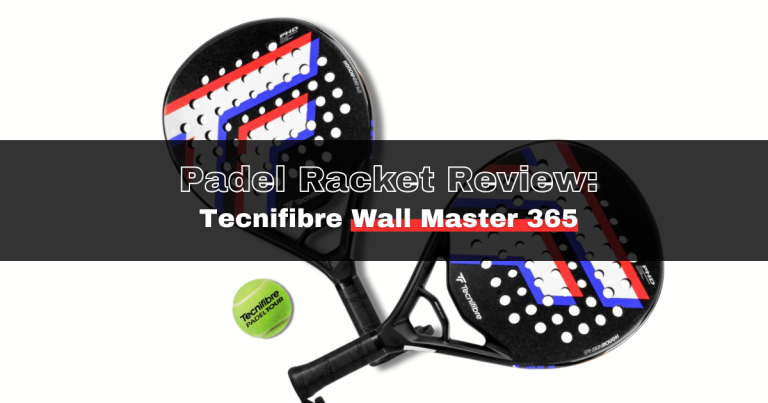How to Choose the Right Padel Ball
Choosing the perfect padel ball is as crucial as selecting your racket. The right ball can dramatically improve your performance on the court. But with so many options available, how do you make an informed decision? This comprehensive guide will give you the insights you need.
What is a Padel Ball?
A padel ball is specifically designed for the sport of padel, a racquet sport that has garnered popularity worldwide. These balls are crucial to the dynamics of the game, influencing how players interact with the ball, their techniques, and overall performance.
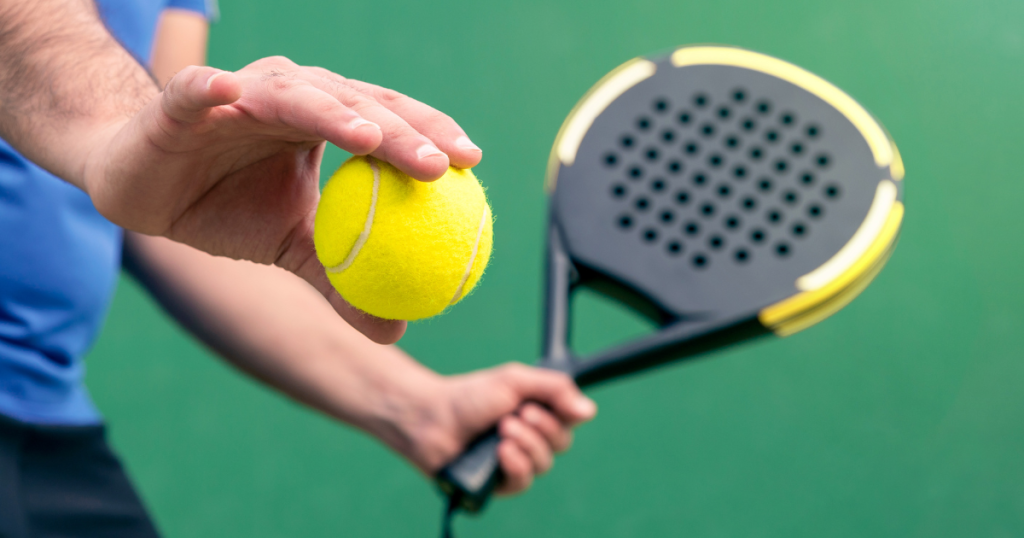
While a padel ball may look like a standard tennis ball at first glance, there are subtle differences in its design and manufacturing. Padel balls are typically made from a rubber core covered in a woolen felt exterior. They are built to resist the hard knocks of padel, from powerful serves to strategic volleys.
The Difference Between a Padel Ball and a Tennis Ball
While padel and tennis balls may look similar, there are subtle yet crucial differences. The variances lie in their size, weight, bounce characteristics, and durability, all of which dramatically affect how the balls perform in their respective sports.
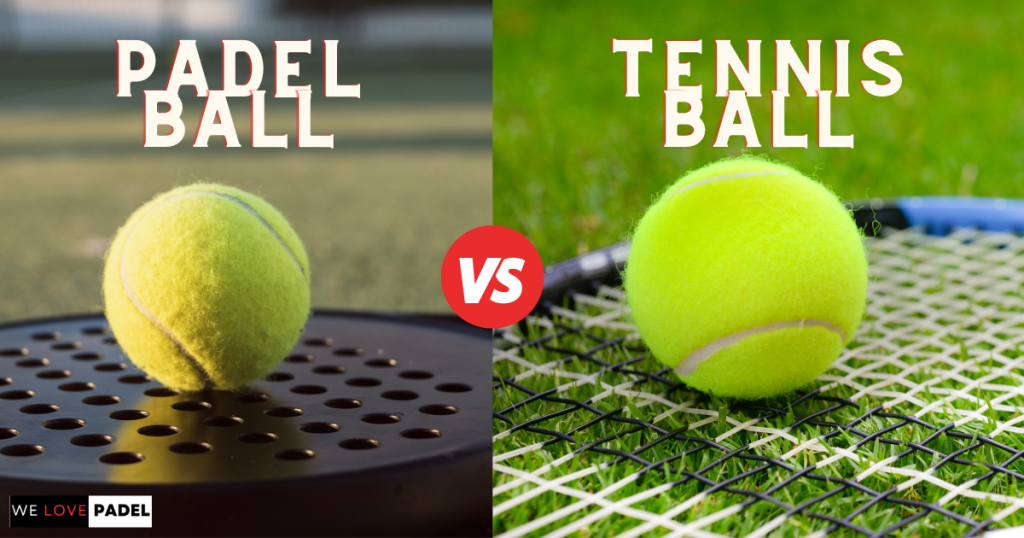
Tennis balls are generally heavier, larger, and have a higher bounce than padel balls. The pressure within a tennis ball is also higher, resulting in a more significant bounce that suits the nature of a tennis game. On the other hand, a padel ball is smaller, lighter, and has a lower bounce, fitting the shorter and quicker exchanges seen in the game.
Factors to Consider When Choosing the Right Padel Ball
Type
There are three primary types of padel balls – beginners, intermediate, and professional. The beginner balls are slower and have a lower bounce, making them perfect for those just starting with the sport. The intermediate and professional balls are faster, have a higher bounce, and are generally harder, perfect for seasoned players who can handle the quick pace.
Weight and Size
Padel balls usually weigh between 56 and 59.4 grams with a diameter ranging from 6.35 to 6.77 cm. The weight and size of the ball affect its speed and bounce, so it’s important to choose a ball that matches your skill level and style of play.
Bounce Characteristics
The bounce of a padel ball is between 135 and 145 cm when dropped from a height of 2.54 meters. The bounce characteristics of a padel ball are crucial because they determine the speed and trajectory of the ball during the game.
Durability
Durability is a critical factor to consider when selecting a padel ball. Padel balls are designed to withstand intense play, but they will eventually wear out. The more durable the ball, the longer it will maintain its optimal playing characteristics.
What is the Best Brand of Padel Ball?
Whether you’re serving or volleying, having a reliable padel ball is of paramount importance. Among the multitude of options available in the market, one brand that has consistently stood
The Tecnifibre Padel Team Ball, in particular, has gained a notable reputation. It is not just your ordinary padel ball; it is meticulously designed to ensure optimal gameplay. The ball was especially recognized for its outstanding durability and comfort.
The Tecnifibre Padel Tour ball has the following features:
- Engineered to optimize speed and spin
- Reactive core for better bounce
- Long natural felt for greater ball grip and better touch for competition
- Pressurized for a comfortable and durable playing experience
- Wool felt, ideal for competitions
- Suitable for players of all ranges and known for its resistance and quality
- Top-of-the-range construction to meet the demands of the most demanding players
In Conclusion
Choosing the right padel ball requires an understanding of your skill level, play style, and the characteristics of the ball. By considering the type, weight, size, bounce, and durability, you can ensure you have the perfect ball for your game.
Always remember that the quality of your play isn’t solely dependent on your skills but also on the quality of your equipment.
Frequently Asked Questions
What are the key differences between a tennis ball and a padel ball?
The key differences lie in the weight, size, bounce, and pressure of the balls. Tennis balls are generally heavier, larger, and have a higher bounce than padel balls due to higher internal pressure.
How do I choose the best padel ball for my skill level?
Beginners should opt for balls that are slower and have lower bounce, while more experienced players may prefer faster, harder balls with higher bounce.
How does the weight and size of a padel ball influence the game?
The weight and size of a padel ball directly impact its speed and bounce. Heavier and larger balls are generally faster and bounce higher than lighter, smaller balls.
What is the typical bounce range of a padel ball?
The bounce of a padel ball is typically between 135 and 145 cm when dropped from a height of 2.54 meters.
How do I know when it’s time to replace my padel balls?
Padel balls should be replaced when they start losing their bounce and become soft, indicating they have worn out.

